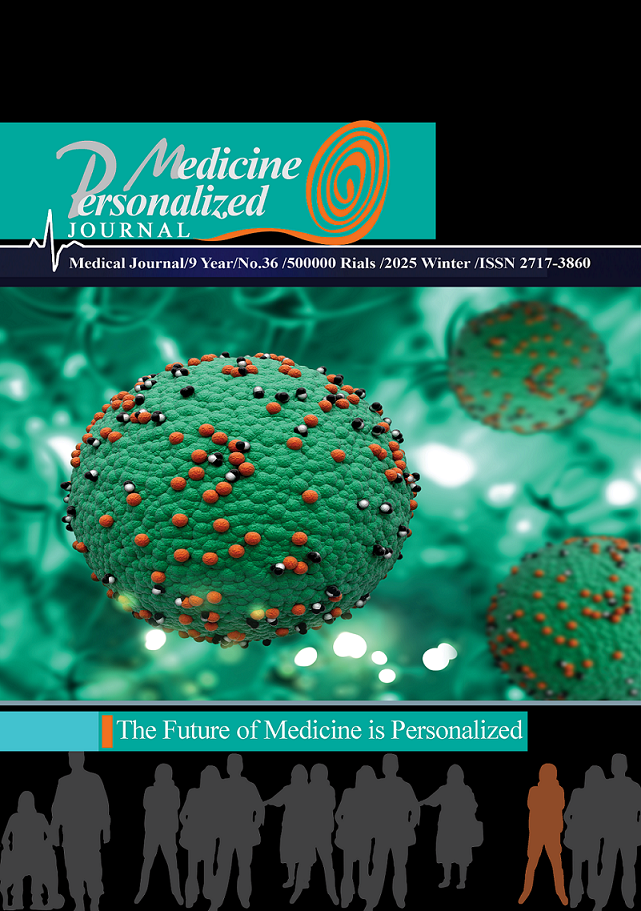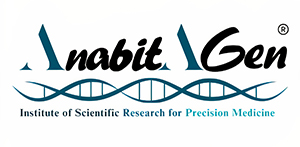
8.5 rating
The Evolving Landscape of Drug Resistance: From Mechanisms to Therapeutic Strategies
Drug resistance is a major obstacle in the effective treatment of cancer, severely impacting patient outcomes and complicating therapeutic strategies.
YYou can see this article in PmJournals by cliking hrere.
Future investigations should explore the potential of the markerless system to measure gait parameters in pathological gaits.
Introduction overview
Drug resistance is a major obstacle in the effective treatment of cancer, severely impacting patient outcomes and complicating therapeutic strategies. The development of resistance is multifactorial, involving a combination of genetic and epigenetic changes within cancer cells, alterations in drug metabolism, increased DNA repair mechanisms, overexpression of drug efflux pumps, and complex interactions with the tumor microenvironment. These factors work synergistically to render traditional chemotherapy and targeted therapies less effective over time. Recent advances in molecular biology, particularly next-generation sequencing and the CRISPR-Cas9 gene-editing tool, have significantly enhanced our understanding of the underlying mechanisms driving resistance. These technologies have enabled researchers to identify novel genetic mutations and signaling pathways that cancer cells exploit to evade treatment, offering new potential targets for therapeutic intervention. Additionally, the dynamic role of the tumor microenvironment, including immune cells, stromal cells, and extracellular matrix components, has emerged as a key factor influencing drug resistance, further complicating treatment strategies. To address these challenges, several innovative therapeutic approaches are being explored. Combination therapies, which involve the use of multiple drugs targeting different pathways simultaneously, hold promise in overcoming resistance by attacking cancer cells from multiple fronts. Immunotherapy, which harnesses the body's immune system to target cancer cells, is also showing significant potential in resistant cancers. Furthermore, nanomedicine, which uses nanoparticles to deliver drugs directly to tumors, may improve drug efficacy and minimize resistance. Despite these advancements, much remains to be done. Ongoing research focused on identifying reliable biomarkers, developing personalized medicine approaches, and understanding the intricate relationship between cancer cells and their microenvironment is essential. This review aims to provide a comprehensive overview of the current state of knowledge regarding drug resistance in cancer, emerging therapeutic strategies, and future research directions in this critical field.
Paper rating
Exploring innovative gait analysis methods with a focus on accuracy and practicality. Our system aims to provide reliable results comparable to traditional 3D motion capture, making gait assessment more accessible and efficient.
